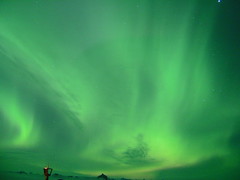"The Church says that the earth is flat, but I know that it is round, for I have seen the shadow on the moon, and I have more faith in a shadow than in the Church." — Ferdinand Magellan
'Greyhound' - Joanna Pocock
4 hours ago
A geographile is someone who really likes geography.
Bangalore to Mysore distance by road is about 140 kilometers. The approximate driving time is 3 hours, including a short brake in between.
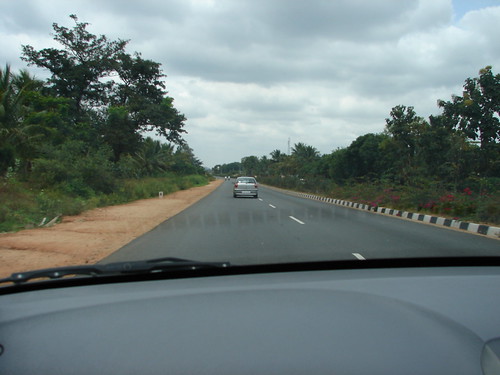
Joe: Okay, an earth sciencey sort of question for you. In greenland I often saw cloud formations that sort of formed a belt half way up a cliff, e.g.,
Roughly speaking, my question is "does that have a cool name?" and "what's up with that?" Okay, that's two questions. :)
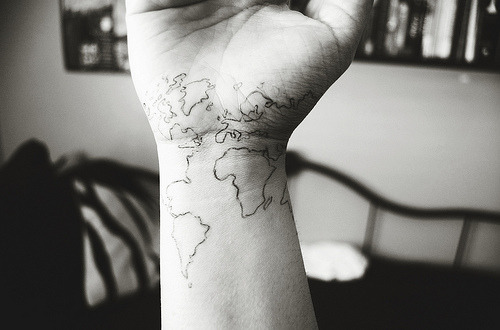
Andy: I wonder why it's specifically on the French-Swiss border.
Casey: Probably more to do with geography than politics
Casey: CERN is a pragmatic bunch.
Andy: I mean, won't that sloow the particles down? They have to whip out their little particle passports and go through particle customs twice per loop.
Casey: Sorry, didn't see the joke coming, you must have sent it faster than the cluons could reach me.
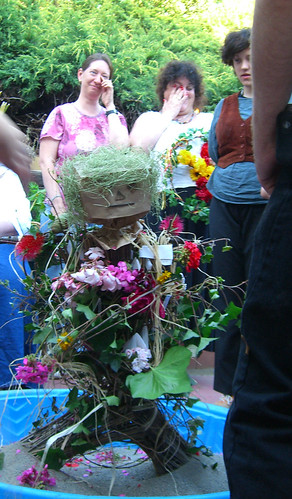
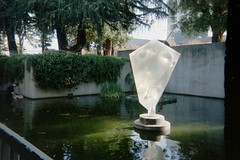

Now all I need is my own family room, with a house to put it in.
(Click through to the photo on flickr to add your location to her maps.)
The name Eyjafjallajökull is made up of the words eyja (genitive plural of ey, meaning eyot or island), fjalla (genitive plural of fjall, whose nominative plural is fjöll, meaning fells or mountains) and jökull (meaning glacier, cognate with the -icle in icicle). A literal translation would thus be the "island-fells glacier" or the "island-mountains glacier". The name Eyjafjöll describes the southern side of the volcanic massif together with the small mountains which form the foot of the volcano. The village and museum of Skógar are also part of the region undir Eyjafjöllum (meaning "under the Eyjafjalls").So it's Eyjafjöll that's erupting? It's complicated.
From this distant vantage point, the Earth might not seem of particular interest. But for us, it's different. Consider again that dot. That's here, that's home, that's us. On it everyone you love, everyone you know, everyone you ever heard of, every human being who ever was, lived out their lives. The aggregate of our joy and suffering, thousands of confident religions, ideologies, and economic doctrines, every hunter and forager, every hero and coward, every creator and destroyer of civilization, every king and peasant, every young couple in love, every mother and father, hopeful child, inventor and explorer, every teacher of morals, every corrupt politician, every "superstar," every "supreme leader," every saint and sinner in the history of our species lived there – on a mote of dust suspended in a sunbeam.
The Earth is a very small stage in a vast cosmic arena. Think of the rivers of blood spilled by all those generals and emperors so that, in glory and triumph, they could become the momentary masters of a fraction of a dot. Think of the endless cruelties visited by the inhabitants of one corner of this pixel on the scarcely distinguishable inhabitants of some other corner, how frequent their misunderstandings, how eager they are to kill one another, how fervent their hatreds.
Our posturings, our imagined self-importance, the delusion that we have some privileged position in the Universe, are challenged by this point of pale light. Our planet is a lonely speck in the great enveloping cosmic dark. In our obscurity, in all this vastness, there is no hint that help will come from elsewhere to save us from ourselves.
The Earth is the only world known so far to harbor life. There is nowhere else, at least in the near future, to which our species could migrate. Visit, yes. Settle, not yet. Like it or not, for the moment the Earth is where we make our stand.
It has been said that astronomy is a humbling and character-building experience. There is perhaps no better demonstration of the folly of human conceits than this distant image of our tiny world. To me, it underscores our responsibility to deal more kindly with one another, and to preserve and cherish the pale blue dot, the only home we've ever known.

A large flash of light at about 10 p.m. Wednesday night – described as a fireball in the sky by eyewitnesses from Wisconsin to Missouri – was most likely a meteor from the ongoing Gamma Virginids meteor shower.There's more at that link.
It is unknown whether the meteor in Wisconsin, which was seen flying eastward at an altitude of 6,000 to 12,000 feet, hit the ground or burned up in the atmosphere.


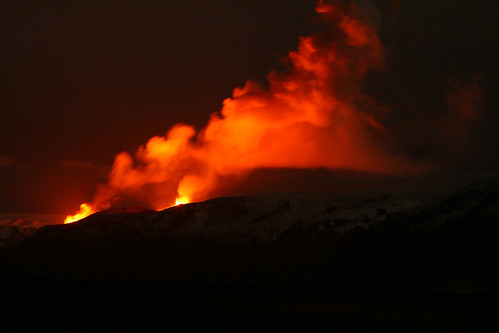
The fault that triggered the quake was probably located on one of the many faults south of the San Andreas fault, [seismologist Lucy] Jones said. The fault is probably about 40 to 50 miles long, and probably shook for 20 to 30 seconds. The worst shaking would have occurred closest to the fault, said [seismologist Lucy] Jones .
She said scientists would not have enough information to identify the fault until geologists survey the area.
The quake occurred at the junction between two tectonic plates, the Pacific and the North American, that grind against each other through Baja California and California. The quake is probably on a strike-slip fault, which splices through the ground vertically and causes land to move horizontally.







The word frazil means fine spicules or blobs, which gracefully describes the morphology of the crystal. Sea ice growth always begins with frazil ice production, the only true dendritic ice growth phase. Active convection aids sensible heat transport at the ocean surface, thereby super cooling the water and allowing dendritic growth of ice crystals.This is so cool. Spicules and blobs. Scientific terminology rocks. ("Dendritic," of course, means it's like branches of a tree, like drainage in a river delta, or the shape of a neuron.)

Paul: what is the tensile strength of ROCK AND ROLL quick I need to build this city on it
Andy: The tensile strength of ROCK AND ROLL isn't relevant. Unless you planned to build this city out of it.
Andy: Since you want to build the city *on* Rock and Roll, you'd want to know it's ductility.
Andy: The ductility determines how big the buildings can be without risking sinkage. also, in earthquake zones, low-ductility Rock and Roll would lead to liquifaction, damaging entire regions of the city.
Hummingbird Diving In Action from Science News on Vimeo
Photo on top from Alan Vernon.

